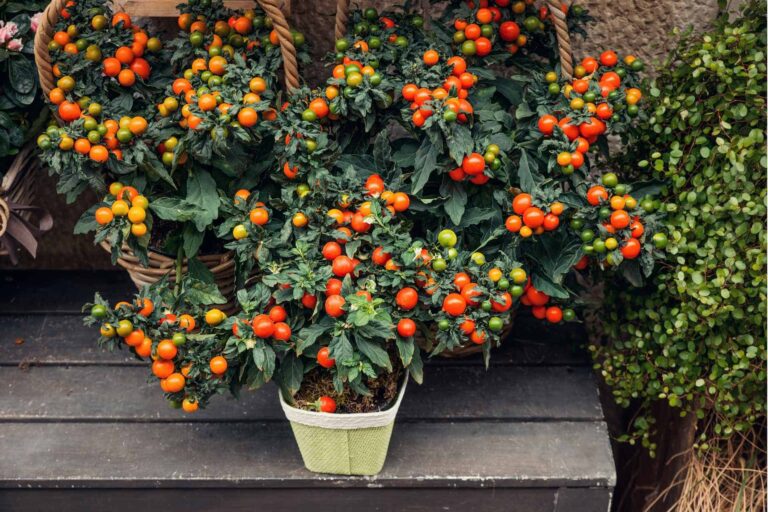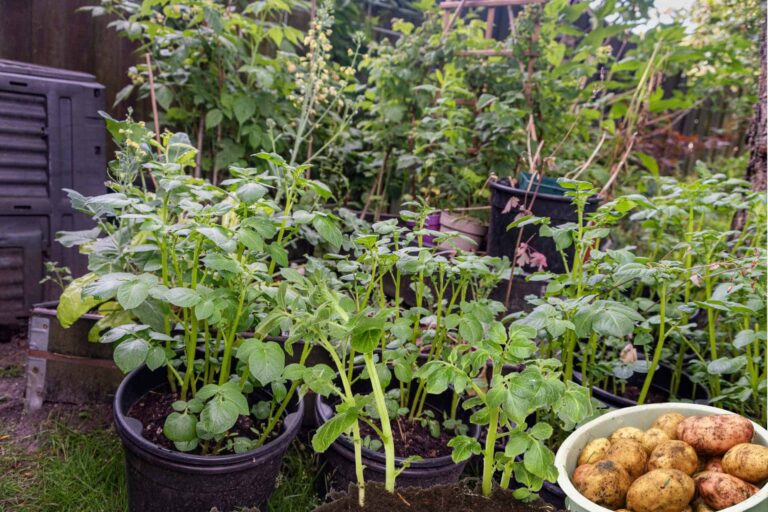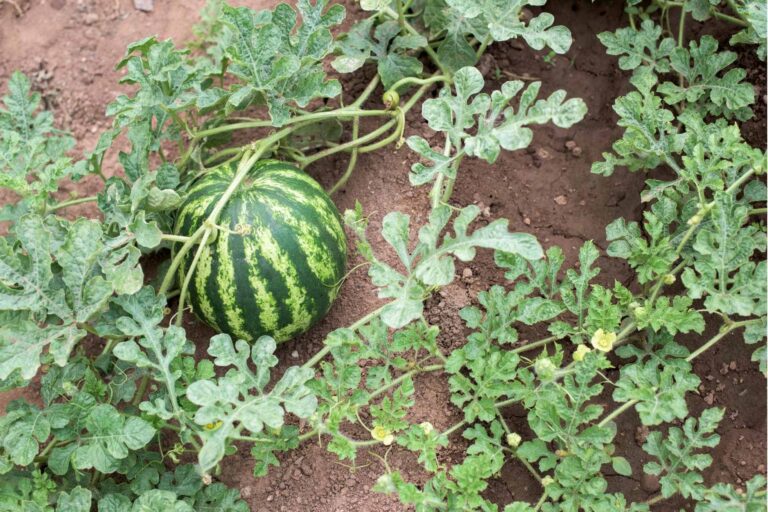The Best Containers For Growing Vegetables
Gardening can be a therapeutic and rewarding activity for people who enjoy spending time outdoors. Whether you have ample yard space or live in a small apartment, you can still indulge in the joy of gardening by opting for container gardening. Container gardening is a versatile and easy way to grow veggies and herbs, especially if you have limited outdoor space. In this blog post, we will be discussing the best containers for growing vegetables.
Selecting the Best Containers for Growing Vegetables
Are you limited to a small space or don’t have access to a garden? No worries! You can still experience the joy of growing your vegetables in containers. Container gardening is a smart way to grow vegetables because it allows you to control the growing conditions and circumvent the limitations of soil quality and space. But, with so many containers available, how do you know which one is right for you? In this comprehensive guide, we will explore the different types of containers, their advantages, and their disadvantages to help you choose the perfect container for your vegetable garden.
Plastic Containers
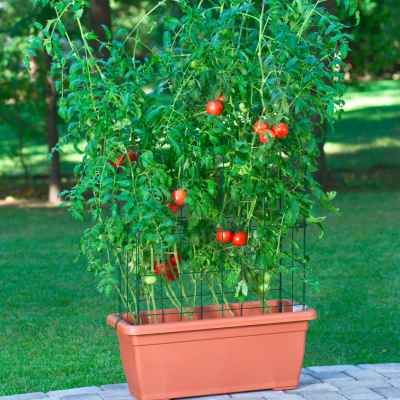
Plastic containers are the most popular choice for container gardening. They are lightweight, durable, and inexpensive, making them a practical option for individuals on a budget. They are also available in a wide range of sizes, shapes, and colors, allowing you to choose the perfect container that complements your garden’s aesthetic appeal. Although plastic containers retain moisture, they can overheat and dehydrate the soil during the hot summer months. To prevent this, drill holes at the bottom to help water drain properly and avoid waterlogging.
Terracotta Containers
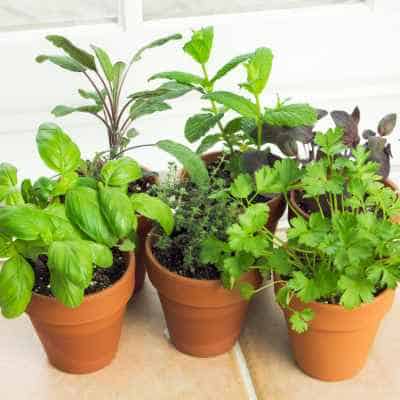
Terracotta containers are a popular option for container gardening because they are porous, enabling the soil to “breathe” and providing an ideal environment for root development. They are also an excellent choice for individuals who prefer a rustic and natural appearance to their gardens. However, their porous nature makes them unsuitable for areas with extreme climatic conditions, as they tend to dry out quickly. Additionally, they can be fragile due to their brittle nature and are also more expensive than plastic containers.
Fabric Containers
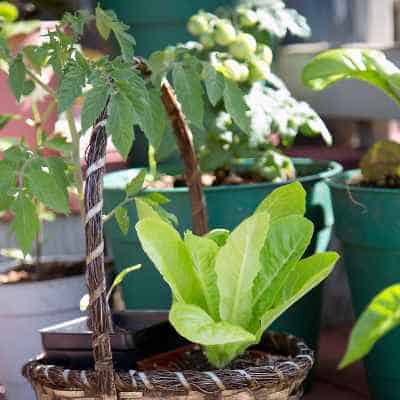
Fabric containers, also known as grow bags, are becoming more and more popular in recent years. These innovative containers are made from lightweight and durable synthetic materials that allow air to circulate, prevent the soil from overheating, and drain excess water, making them an excellent option for people who lack space for a garden. They are also reusable, making them an eco-friendly option for those who are environmentally conscious.
Raised Garden Beds
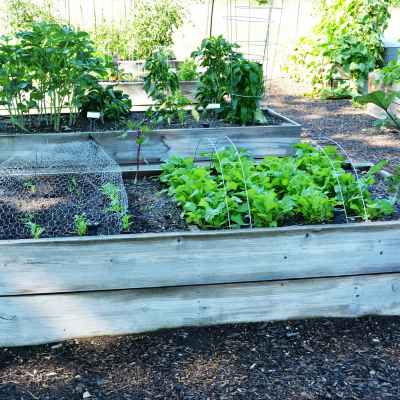
If you want to maximize your gardening output, raised garden beds are the way to go. These containers are composed of wooden or metal frames that are filled with soil, providing an ideal environment for root development. They are also beneficial because they raise the soil’s temperature, which prolongs your growing season. Additionally, they are usually placed above the ground, allowing you to work without getting your hands dirty. However, raised garden beds can be costly, and they require more maintenance and upkeep than the other containers mentioned in this list.
Self-Watering Containers
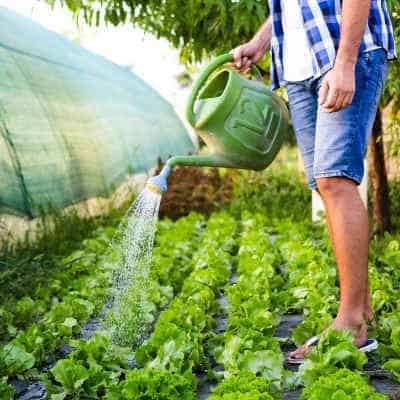
Self-watering containers are an excellent option for individuals who don’t have much time to devote to their gardens. These containers are usually plastic, but their distinguishing characteristic is a built-in water reservoir that ensures your plants receive the right amount of water. They also have aeration holes that prevent the soil from becoming waterlogged, which is an excellent quality for areas that receive a lot of rain. However, these containers are usually the most expensive option, but if you are willing to invest in them, they are worth it.
Recommended:
Growing Techniques and Tips
Gardening is a therapeutic and rewarding hobby for many people. However, it requires a lot of hard work, patience, and knowledge to get your plants to thrive. Whether you are new to gardening or you are an experienced gardener, there is always something to learn. With the right techniques and tips, you can grow healthy, thriving plants that will make your garden a haven of beauty and serenity. In this section, we will provide you with some valuable tips and techniques that will help you become a successful and happy gardener.
Test Your Soil:
The first and foremost step to success in gardening is to have healthy soil. Soil testing will help you determine the pH level, nutrient content, and texture of your soil. You can either buy a soil testing kit or send the sample to a soil testing lab. Based on the test result, you can amend your soil with organic matter, fertilizer, or lime.
Practice Crop Rotation:
Crop rotation is a method of planting different crops in different areas of your garden each year. This technique helps prevent soil-borne diseases and pests since they are less likely to build up in the same area. It also helps maintain soil fertility by giving the soil a break from the same crop, which depletes the same nutrients every year. By rotating your crops, you can maximize the productivity of your garden and reduce the need for chemicals.
Mulch Your Garden:
Mulching helps conserve soil moisture, suppress weeds, and regulate soil temperature. It also adds organic matter to your soil as it decomposes. You can use a variety of organic materials as mulch, such as leaves, grass clippings, straw, or compost. Mulch should be applied to a depth of two to three inches, making sure it doesn’t touch the plant’s stem.
Watering Techniques:
Watering is the most critical aspect of gardening. Overwatering can drown the plants, while underwatering can cause stress and wilting. The best time to water your plants is in the morning, as it allows the leaves to dry out during the day, preventing fungal infections. You should also water the plants at the base, not the leaves, to avoid fungal diseases. Water deeply and less frequently rather than shallowly and often, as it encourages deep root growth. It is better to water your plants once a week than to give them a little bit of water every day.
Observe Your Garden:
Gardening is an ever-evolving process that requires constant observation and attention. By observing your garden, you can learn about your plants’ growth patterns, the presence of pests or diseases, and the need for fertilization. Look at your plants’ leaves, stems, and soil for any signs of damage or stress. This will help you diagnose and prevent problems before they become severe.
The A to Z of Sustainable Container Gardening for Greener Living

Gardening is a great way to bring nature into our homes, especially for those living in urban areas. It adds to the aesthetics and allows us to grow our vegetables and herbs, which can be a great way to add freshness to our diets and save money. However, not everyone has a sprawling backyard that can accommodate traditional gardening methods. That’s where container gardening comes in. Container gardening is a sustainable way of incorporating nature into our homes, balconies, and terraces. This blog post will share all that you need to know about sustainable container gardening.
Choosing the Right Containers:
Container gardening involves growing plants in containers instead of traditional ground planting. The first step is choosing the right container. It could be a planter box, a pot, a bucket, or any other container that holds soil. Ensure that the container has a proper drainage system to prevent waterlogged soil, which can damage your plants. For sustainability purposes, consider upcycling old household items like teacups, jars, and even shoes.
Selection of Suitable Plants:
When selecting plants for container gardening, consider the light exposure and climate of your area. For instance, some plants require full sunlight while others thrive under partial shade. Some plants also do well in cold climates, while others need sunshine and warmer temperatures. It’s essential to research the ideal conditions for your chosen plants and ensure that your containers provide the right conditions for growth.
The Importance of Soil and Fertilizers:
Plants require nutrients to grow optimally. Container gardening requires that we select the right soil and fertilizers for our plants. Not all soil types work the same way for different plants. Therefore, it’s essential to understand your plant’s soil requirements. In container gardening, soil tends to dry faster than in traditional ground planting gardening methods, which may lead to nutrient depletion. That’s why adding organic-based fertilizers and compost to the soil can replenish the nutrients and promote healthy plant growth.
Consider Sustainable Watering Techniques:
Frequent watering in container gardening is critical because containers dry out faster than traditional ground planting. As such, it’s essential to consider sustainable watering techniques. One way to cut down on water usage is by using self-watering containers. These containers store water and gradually release it to the plant’s roots. The use of a watering can with holes rather than a faucet ensures water preservation, as it conserves water and allows accurate measurement. You may also collect rainwater using a rainwater tank and reuse it for watering your plants.
Pest Control:
Pests such as aphids, spider mites, and whiteflies can invade container gardens. To eliminate pests naturally, we can use biopesticides, an environmentally friendly way of controlling pests. Biopesticides are made of natural elements such as plants, bacteria, and fungi. They are safe for plants and organic gardening.
Success Stories: Real-Life Experiences

Success is something that everyone craves, but it takes a lot of hard work, determination, and perseverance to achieve success. Success stories create an impact on individuals and inspire them to work harder toward their dreams and goals. Gardening is a hobby that is not only enjoyable but can also be a lucrative business venture. In this blog post, we will be sharing real-life success stories of individuals in the gardening industry who have achieved tremendous success through their hard work and dedication.
The first success story is about Toby Buckland, a renowned gardener who began his career at the renowned BBC Gardener’s World magazine. Toby has won numerous awards and has published several books. Toby started his gardening journey as a nurseryman and worked his way up to becoming a leading gardening expert. With his in-depth knowledge and enthusiasm for gardening, Toby has managed to carve a niche for himself in the gardening industry.
Another success story that is worth mentioning is that of Frances Tophill. Frances is a horticulturist and an award-winning gardener who is passionate about promoting green living and environmental awareness through gardening. Frances is known for her unique ideas on organic gardening and eco-friendly living, and she has shared her expertise on various gardening forums, TV shows, and publications.
The next success story is about Alan Titchmarsh, a household name in the UK gardening industry. Alan’s journey began when he was employed as a park worker. However, with his knowledge and passion for gardening, he quickly assumed bigger roles and became a successful horticulturist. Alan has won several awards for his work and has published several books that are revered by gardeners worldwide.
Rachael Bonoan is a success story that focuses on unique methods of gardening. Rachael is a bee biologist who started a rooftop garden in her community house, aiming to provide a habitat for bees. She used her expertise to grow plants in such a way that they provide a unique habitat for bees. Her innovative methods have caught the attention of people worldwide, and her success story is an inspiration to people who want to break new ground in gardening.
Lastly, we have an inspirational story of a group of gardeners who started a gardening community in Africa. The group aimed to reduce the poverty levels in their region by creating sustainable vegetable gardens. The group initially experienced several challenges such as limited resources and poor gardening practices. However, through hard work and determination, they managed to increase their yields and sell their products in local markets. The group’s success story is an inspiration to people who want to start a garden to make a difference in their communities.
Conclusion
The journey of growing vegetables may be long and sometimes arduous, but it all leads to a satisfactory conclusion – the harvest. However, the key to ensuring that your vegetables thrive is by selecting the right container. Whether it’s a pot, raised bed, or a growing bag, choosing the best container is crucial. The perfect container should be large enough to comfortably accommodate your plants. Additionally, it should allow for drainage, provide the right amount of airflow, and retain moisture. The conclusion to any successful vegetable garden is a bountiful harvest. Nonetheless, the initial stages in the growing process are equally important, and choosing the best container is an excellent place to begin.



